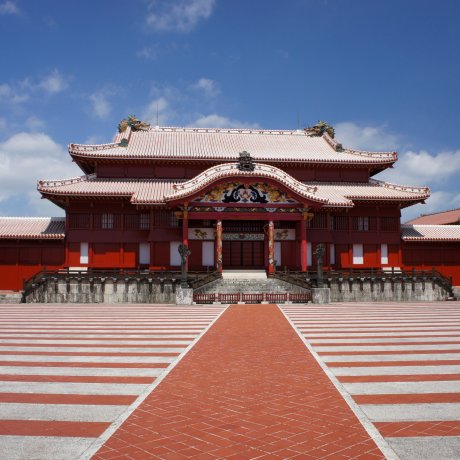
Shuri-jo Castle
Peter SidellA blend of Japanese and Chinese cultures, Shuri-jo castle was the seat of Ryukyuan royalty before the Okinawan islands became part..
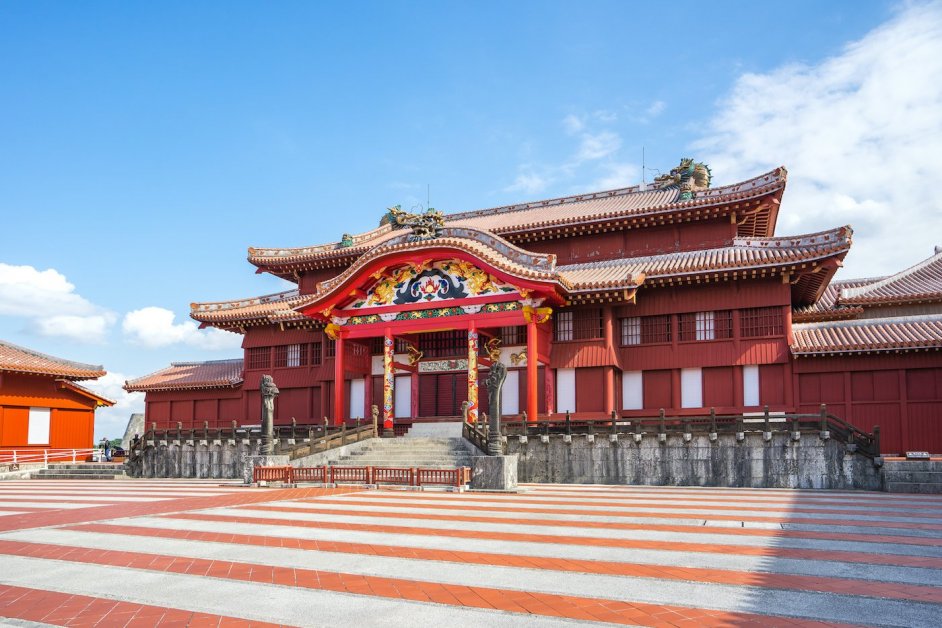
Shuri Castle was built in the 14th century and was the palace of the Ryukyu Kingdom. It was neglected for almost 400 years and suffered great damage during the Battle of Okinawa in 1945. After the war, the castle was used as a university campus, but from 1992 it was rebuilt through extensive reconstructions based on historical records and photographs.
The main buildings of Shuri Castle were destroyed by fire on the night of October 31, 2019. The government plans to reconstruct the Seiden (main hall) by autumn 2026. In the meantime, tourists are encouraged to visit the castle and watch the reconstruction work.
The castle served as the administrative center for several centuries until Okinawa became a Japanese prefecture in 1879. The castle is listed as one of the Ryukyu Kingdom's castles declared a World Heritage Site by UNESCO.
The Seiden, or “West Hall,” is also called the State Palace. It was located east of the Una and faced west toward China. The Great Dragon pillars were crafted from sandstone and were symbolic of the king. These dragon motifs are replicated throughout the castle.
Together with 13 other gates, Shureimon Gate was the second ceremonial gate to the Shuri-jo Castle complex. Following the design concepts of the rest of the majority of the castle complexes, the gate also has a distinct Chinese feel to its structure.
Shuri-jo Castle was also home to several shrines (~utaki) and temples (~ji). Three of which played a role of significant importance to the functions of the castle. Kyo-no-uchi, where prayers by high priestesses were made; Sonohyan-utaki where the king prayed for order and safety; and the Suimi-utaki, which was supposedly created by the gods and is the theme of many songs and prayers in Ryukyu’s oldest music collection.
Royal stone gate used by the former King as a placer of prayer and exit of the castle grounds – a UNESCO World Heritage Site.
Discover Sonohyan-Utaki IshimonShuri-jo Castle is a 5-minute walk from Shuri Station.

A blend of Japanese and Chinese cultures, Shuri-jo castle was the seat of Ryukyuan royalty before the Okinawan islands became part..
 15
15
Shuri Jo Castle Park is an UNESCO World Heritage site and the capital of the proud Ryukyu empire.
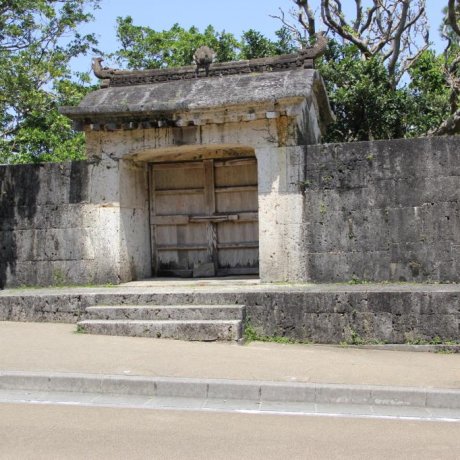 7
7
Sonohyan Utaki was the stone gate used by the Ryukyuan King as a prayer point and exit when departing Shuri Castle. It is one of..
 6
6
The grandeur and romance of the Ryukyu Kingdom is best celebrated in the once a year Shurijo Castle Festival. The royals for the..

The Shuri Castle Reconstruction Festival will once again light up Naha this autumn, running from November 1st to 3rd at Shuri Castle..
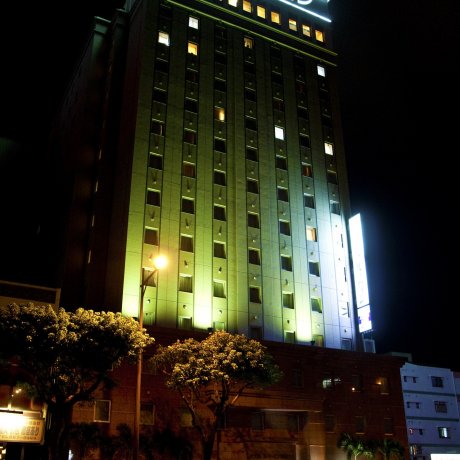
Hotel Route-Inn Naha Tomariko has a fantastic location in Naha city. One of my favorite places in the hotel is, with no doubt,..

APA Hotel, Naha. A mid range hotel in the centre of Naha, Okinawa, Japan.

I spent my last night in Naha at this great hotel placed just by the canal in the central area of Kumoji, not far from Kokusai Dori...
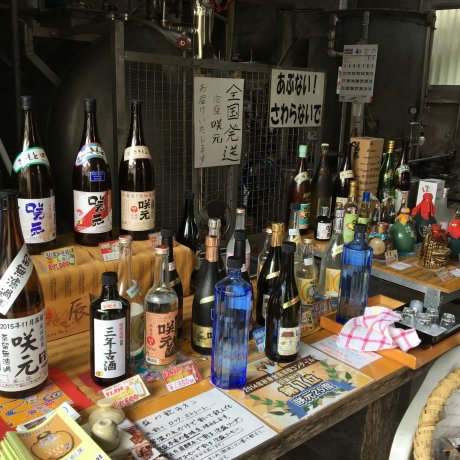
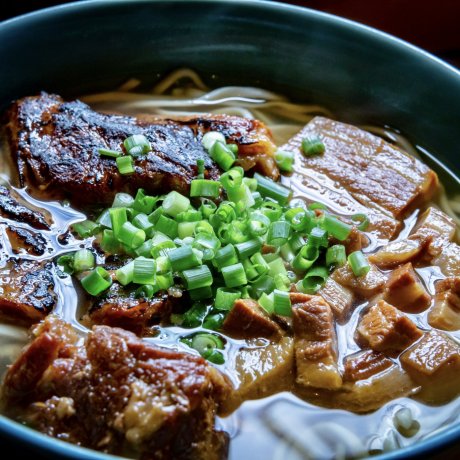
Speaking of life and death, this is an eatery from another world. The annual festival of Obon, or All Souls day, is when the Japanese..

Being in Sakaemachi is like being in your teenager’s bedroom. At midday it looks lifeless, abandoned, and unkempt. At dusk the..

Kokusai-dori is Naha’s most famous street, stretching 1.6 kilometers through the city center and offering an around-the-clock experience of Okinawan..

Naminoue Shrine is a Shinto shrine in Naha City, Okinawa Prefecture. It is located on a high cliff overlooking Naminoue Beach and the ocean. Any boat..

Kinjo-cho's ishidatami michi, a stone-paved path near Shuri Castle in Naha, Okinawa.
Your feedback has been sent.